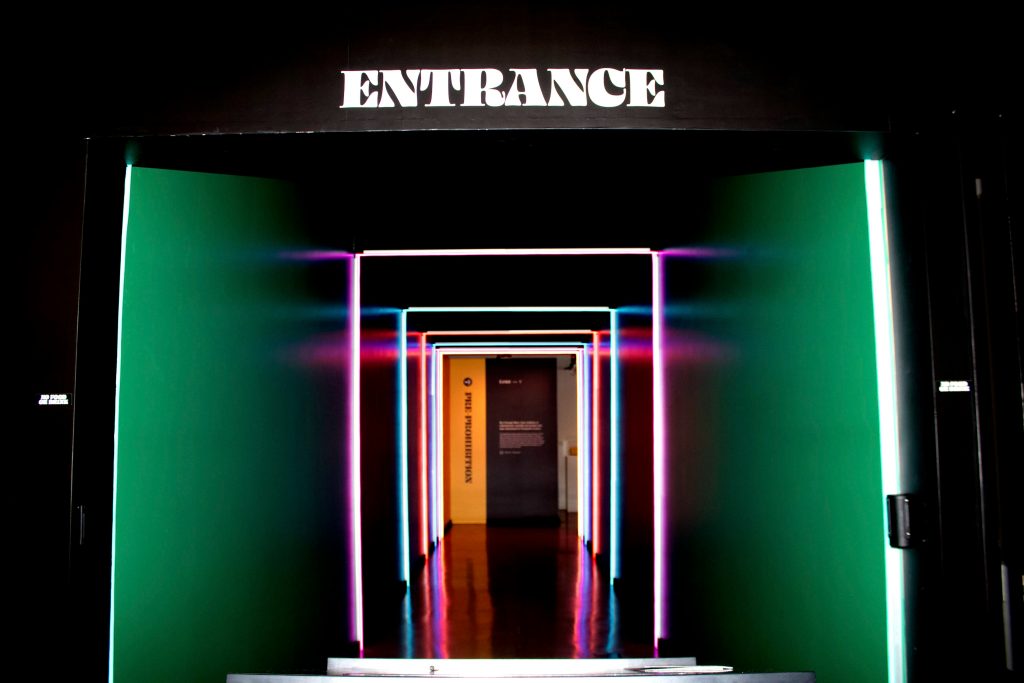Why Experiential Learning is a Game-Changer
If you’ve ever learned something by actually doing it—like riding a bike, cooking a meal, or giving a presentation—then you’ve already tapped into the transformative power of experiential learning. Unlike passive methods where learners absorb information through lectures or reading, experiential learning invites them into the driver’s seat. They do, reflect, and refine—and that’s what makes the learning stick.
So, what makes this method so effective?
✅ Increased Retention – When learners actively engage with material through hands-on practice, they’re far more likely to retain it. Action cements understanding.
✅ Real-World Relevance – Experiential activities mimic actual challenges, allowing learners to directly connect course content to their jobs, goals, or personal lives.
✅ Engagement & Motivation – Active participation naturally boosts curiosity and commitment. Learners become invested in outcomes because the learning feels real.
How can you bring this into your courses?
Here are a few ways to integrate experiential learning:
-
Simulations – Create realistic scenarios that mirror workplace or life challenges.
-
Role-Playing – Practice conversations, negotiations, or leadership in a safe setting.
-
Group Projects – Encourage collaboration and collective problem-solving.
-
Self-Reflection – Prompt learners to assess their performance and extract insights.
For example:
In a sales training, simulate a buyer-seller conversation with immediate feedback. In a leadership course, run a mock project where learners rotate roles to experience team dynamics firsthand. Even in a cooking class, having participants prep and reflect on their dish turns learning into a full sensory experience.
Bottom line: Experiential learning doesn’t just teach—it transforms. By turning theory into action, you equip learners to confidently apply what they know in the real world.
How are you incorporating experiential learning in your programs? Let’s start a conversation.




